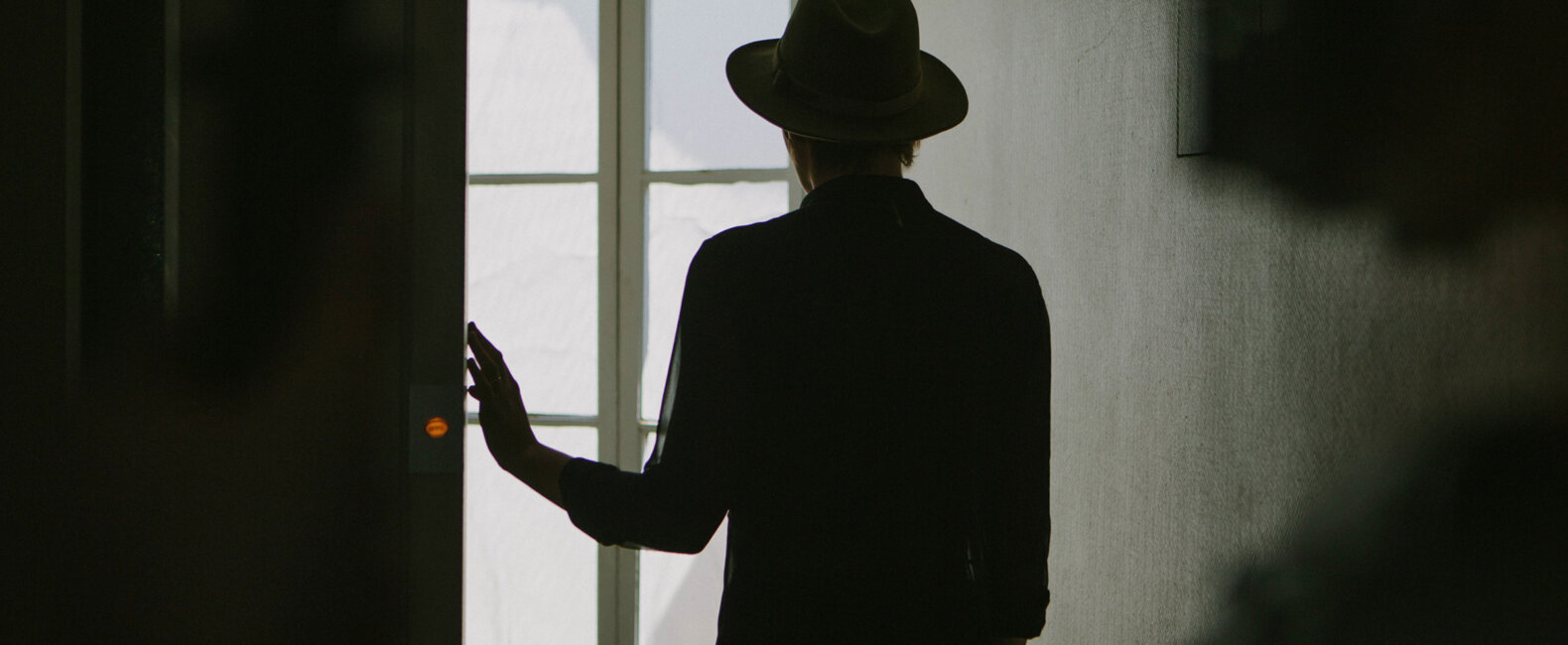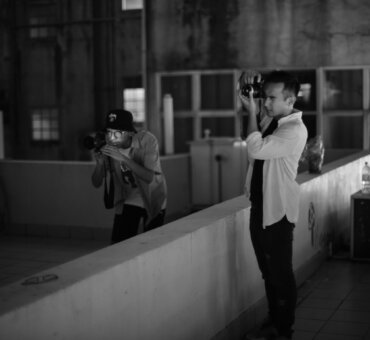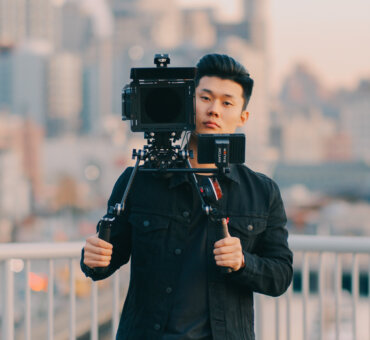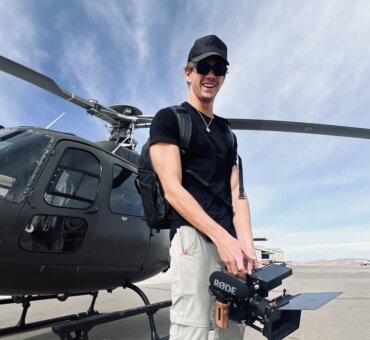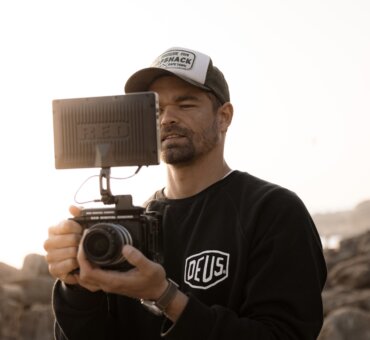Making a film is one thing. Making money on a film is something else. And nobody knows this better than Mia Bruno, producer of marketing and distribution for Seed&Spark, a new crowdfunding, direct to consumer platform that’s currently disrupting the more traditional, entrenched distribution models. “Most filmmakers want the same thing,” Mia told us. “They want to pay back their investors, and they want to make their next film. So the question is how do you do that?”
How do you do that? While there obviously isn’t a cookie-cutter answer, Mia was able to give us some great insights into what distribution looks like today, and what strategies filmmakers should be incorporating in order to give themselves, and their projects, the best chance of success.
Here’s Mia.

Soooooo. What exactly is distribution? What all does it entail?
That’s a fantastic question. There is what people might think of as “traditional distribution,” which rarely happens anymore. Traditional distribution is when a film comes out in theaters first, then it goes up on the airlines, and then it gets television deals. That was the old way of doing things. Then came video on demand (VOD) and digital distribution, which is what I did for four years at Gravitas. But in my opinion, those methods have now become antiquated as well.
I believe we’re entering a new age. A bunch of places — Seed&Spark being one of them and others, like Vimeo — are known as “direct to consumer platforms.” That’s when filmmakers control their own rights. They put up their film themselves and can monetize it on their own. A viewer pays $3 to $4 to watch the film, and a filmmaker doesn’t have to get a distributor involved.
Traditional distribution was very formulaic, but now there is more room for nuance. That’s why a new profession is rising — producer of marketing and distribution, which is my job title. It’s basically somebody who has knowledge of both the production side and the distribution side. They can build in certain things from the onset that will pay off in the end. That’s where I think we are.

What do independent filmmakers need to know about distribution?
They need to know they should be thinking about distribution from the moment they start working on their film. There used to be a time when things could be more segmented: a director’s job was simply to direct the film, the producer’s job was to raise money and deal with the business side, and a distribution company would do all of the marketing. Rarely is that the case anymore.
I tell people that distribution is just another part of being creative. The business and distribution side doesn’t have to be this onerous chore. What I believe — and what Seed&Spark believes — is filmmakers need to be thinking like creative entrepreneurs.Making a film is a lot like creating a business. You have to start building your audience from the very beginning. You have to keep people engaged with what is noteworthy about your film. Keeping a film shrouded in secrecy is usually not a great idea. I think a lot of filmmakers hope film festivals are going to be some sort of golden ticket. But a smart filmmaker is wise to plan for many, many options.
What does it mean for a filmmaker to be thinking about distribution from the very beginning? What should they be thinking about?
It’s primarily about building your audience. I talked to a filmmaker today who is making a comedy about a gay couple who want to get a divorce, but they can’t because their state doesn’t recognize gay divorce. It’s a narrative film and there are no notable actors in it. So the question is how do you make people care about this? How do you make people care about your tiny independent movie?
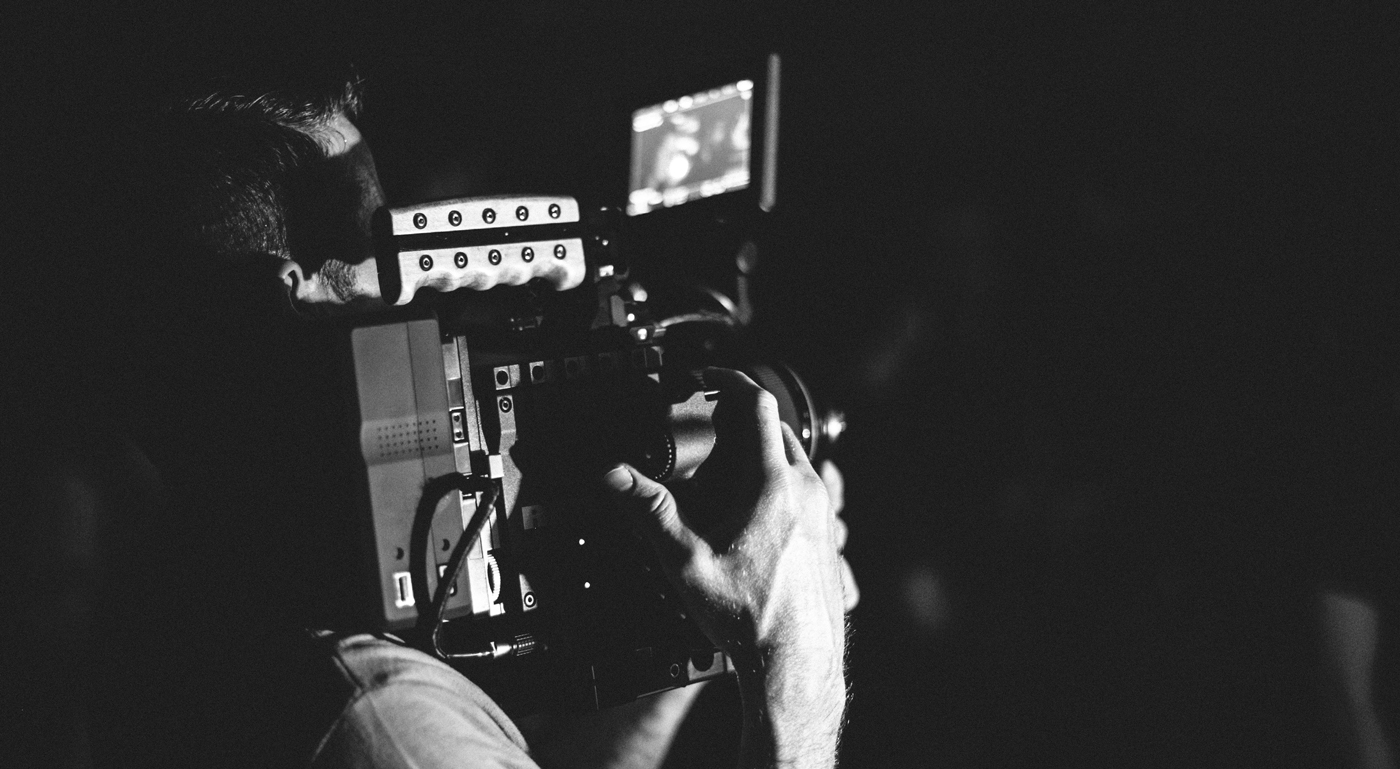
Simply thinking your film is good is not enough.
How do you make people care?
It’s important to think about the themes in your film. Think about alliances you can make. For a comedy about a gay couple, there’s obviously the issue of LGBT. There’s the issue of marriage equality. So I told the filmmaker to start reaching out to organizations that support those causes. Let them know you have a film that pertains to their cause and you’d love it if they could spotlight it. You have to start aligning yourself with bigger organizations that can reach a lot of followers. You also need to build your own social media channels from the beginning. You need to be an informed voice that is consistently posting things — articles related to your films, pictures, videos. You need to be an alive, active member of the social media world.
Simply thinking your film is good is not enough. Every filmmaker should think her film is good. You also have to know why it’s relevant. You need to know who your audience is and how you can reach them. And usually that comes down to joining forces with somebody else.
Most filmmakers want the same thing. They want to pay back their investors, and they want to make their next film. So the question is how do you do that? A festival can help, but it’s so important that filmmakers be thinking entrepreneurially about their films. That’s what attracts investors.
Would approaching a film very entrepreneurially — building an audience, distributing content — hurt a film in the festival circuit? Is it one or the other?
Not at all. As a distributor, I always looked at whether or not a film had a built-in audience. Now at Seed&Spark when I talk to cable operators or digital platforms, the question is always, “Why should I take your film? It doesn’t have a huge actor in it.” And the answer is the film has been built up. There are people eagerly expecting the film, and the filmmaker is eager to promote and support the release. That’s a good investment from both sides of the table.

Is the value of building a social following that it makes it easier to sell the film to a distributor, or does the audience have value in itself?
I think both. A traditional distributor is going to look at a film and say, “Wow! Oh my God! This film has a huge following.” I’ve seen that on multiple occasions. A tiny horror film like The Ghost Behind the Door — it has a giant social media following. That has definitely motivated my decision to acquire things.
On the other hand, if a filmmaker elects to go direct to consumer, they’ve built up an audience for that. Why let a distributor take a giant cut when you’ve built up an audience yourself? If you build up your own audience, retain your rights, and then put the film out through Vimeo, you can actually see the fruits of your labor.
We hear all the time that films are bad investments. Is that still true? Are these new services making it easier for filmmakers to make their money back?
It’s still hard. That’s the reality. There’s still so much mystery around VOD numbers. There’s this hope that VOD is this well of money. It used to be, but it isn’t anymore. So when filmmakers say, “We’re just going to throw $25,000 into this and $100,000 into that,” it’s like, they’re not going to see those numbers again. Where we are right now, it’s best for filmmakers to be prudent with what they have. There’s nothing more disheartening than people throwing absolutely everything they have into a film in hopes of making back millions. That money just isn’t there. Are there any indicators of which films are going to succeed? If a film is truly great, does it have a better chance of making its money back? I would like to believe that wonderful films will surface. And sometimes they do. But that usually takes the recognition of an entity that’s willing to put in the money the film deserves. I think a good film with no creative entrepreneur behind it will fare worse than a mediocre film with an entrepreneur behind it.
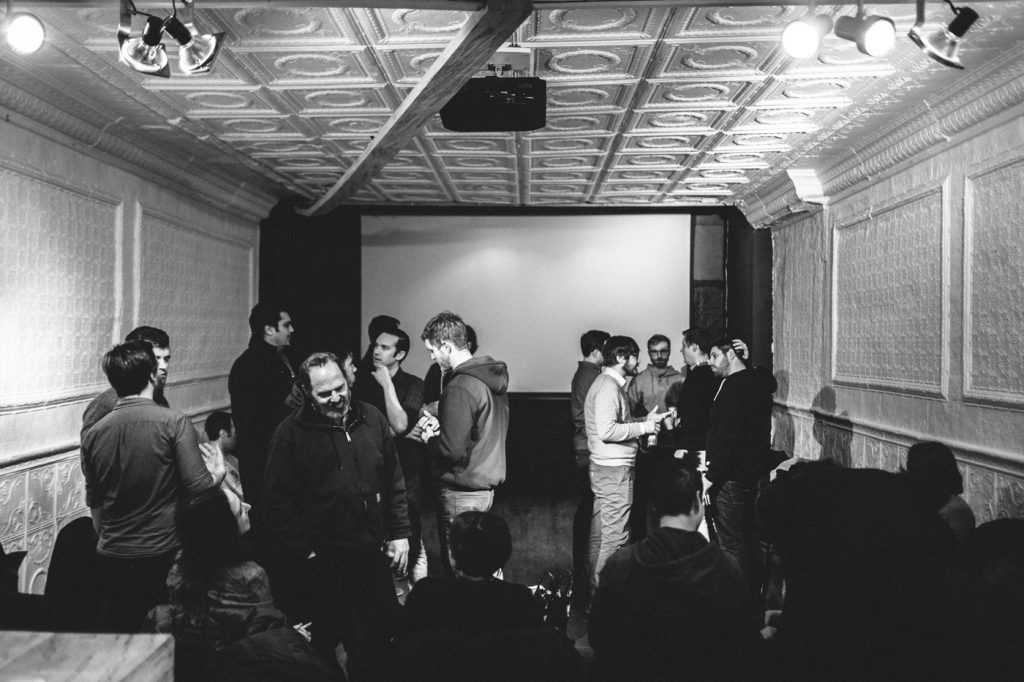
Now, there are certain things that just always perform well. Films with sex in the title. Titles that start earlier in the alphabet. It’s disheartening. I once looked at how films break down based on their titles, and the A titles and number titles performed much, much better. It’s a financial fact. People also seem to respond better to simplistic titles that explain what’s in the film. If you make a horror film, name the monster in the title: The Ghost Behind the Door. The Haunting of 33 Elm Street. People tend to click on those as opposed to something more obscure. Of course, not every filmmaker has the goal of making money. Some have an artistic vision and they don’t want it touched. And that’s entirely within their rights. At the same time, though, the alphabet thing is real. Also the artwork. You want a simple, clear image that will look good when it’s reduced in size. You want something that still communicates when it’s shrunk down to a thumbnail. You also want a really good trailer. No longer than 90 seconds. In terms of objective things that make a difference, this is what I’ve learned over time.
How much money does a filmmaker get every time I watch his movie on Netflix?
Netflix is a subscription DOD model. All their revenue comes from subscribers. A filmmaker gets a lump sum right up front, so whether or not you watch it, it doesn’t really matter because the filmmaker has already been paid just to be on the service.
I love Netflix as a consumer. But my problem with it as a professional is they used to be an open door for independent film, and they aren’t so much anymore. They’re invested in their own productions now, so they’re a lot less willing to take new films, which I think is extremely disappointing for a lot of filmmakers. Because you want to be on Netflix. Netflix is where many, many, many people watch films.
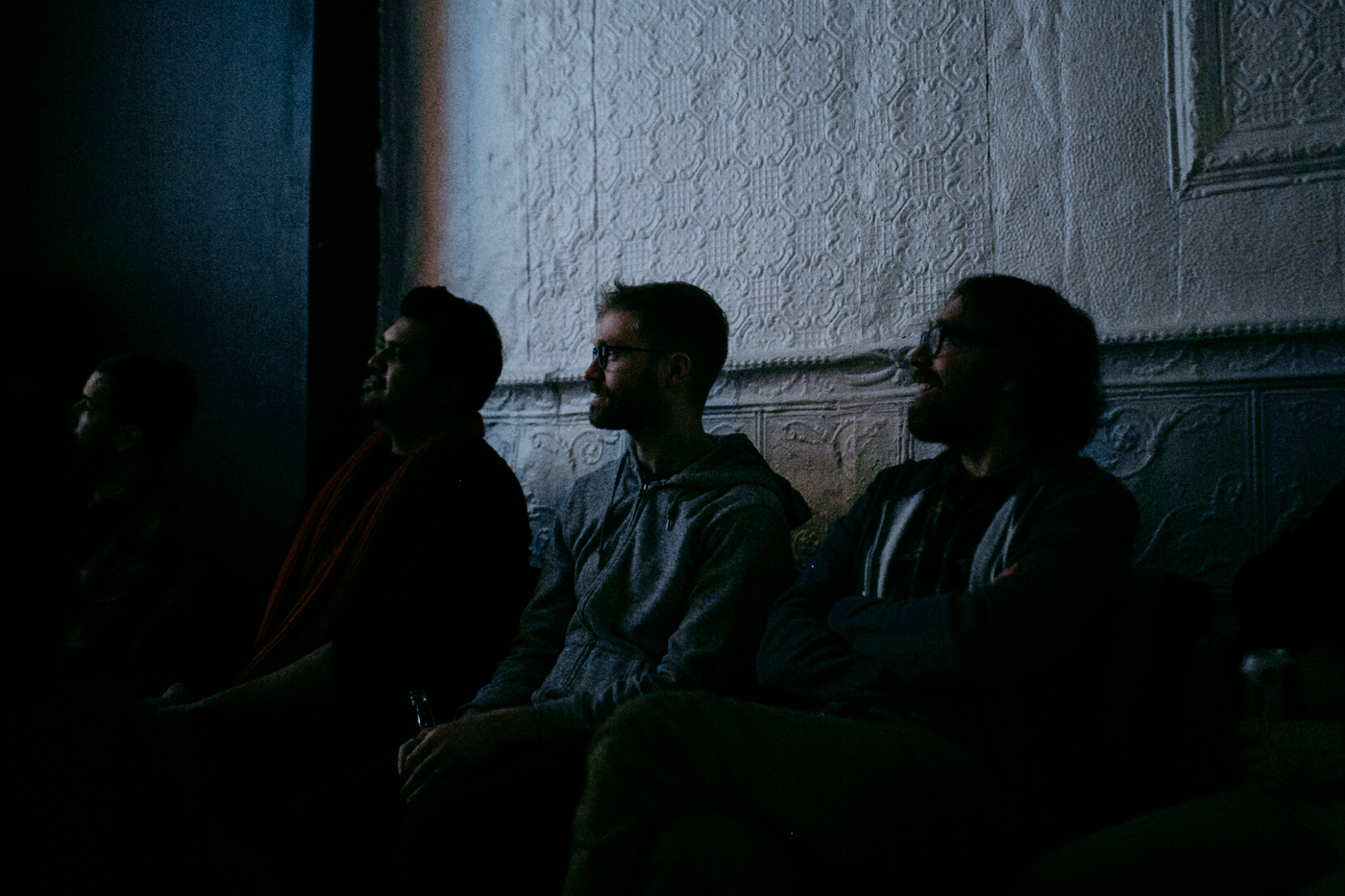
So if Netflix isn’t such a feasible option now, what services should filmmakers be excited about?
Right now, iTunes is the biggest of the digital entities. It makes up about 70 percent of the digital transactional space. Plus, iTunes is very unique and innovative and empathetic toward independent films. They take everything because they have a mandate to one day have every film ever made available on iTunes. But they also change their storefront every Tuesday and Friday. They spotlight a lot of films, and they spotlight them because they’re good. I’ve seen a lot of very small films get exposure on iTunes, which is great. I also think direct to consumer platforms are a great way for filmmakers to retain control.
If a filmmaker does work with a distributor, what kinds of questions should they be asking?
Definitely a question filmmakers should ask is, “Do you go direct to all of these platforms?” You don’t want a company that is going to subaggregate to another company who is then going to take another piece of your film. Make sure your distributor goes direct. Then you want to ask, “What is your capacity for getting promotions? Where is my film going to appear on cable? Is it going to be in a specific folder, like the comedy folder? Or is it going to be in the A-Z listing?” There is no point being in the A-Z listing. People don’t go there to watch films. You want to ask, “How will you make my film stand out in this space? How many resources are you going to devote to this? Will there be a point person at your company who will be working on my behalf?” You also want to make sure you keep your direct to consumer rights, because that’s the audience you’ve built and you should get 100 percent of that.
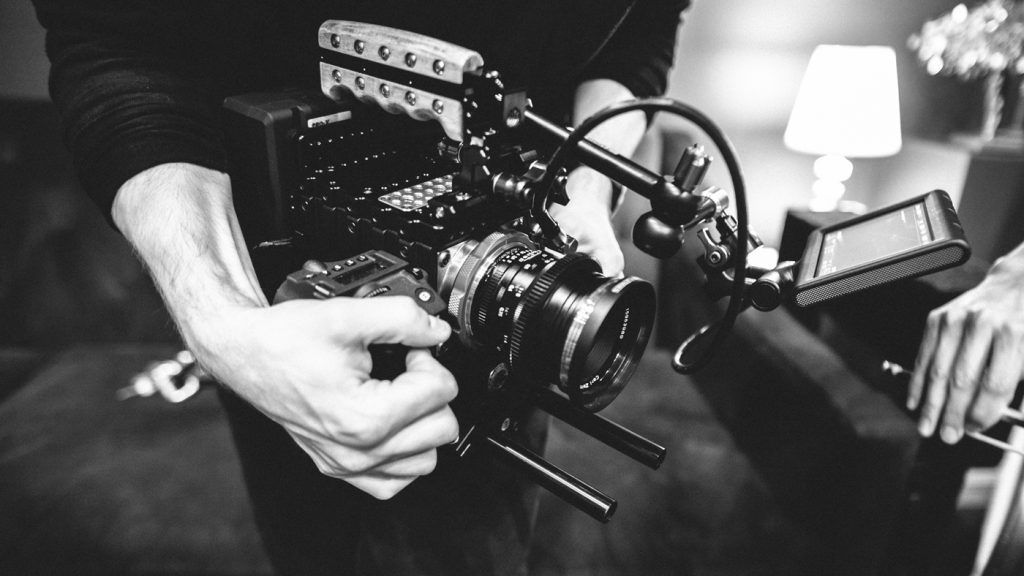
Like most things in life, you can’t wait around for your lucky star. You have to help yourself.
Thinking so heavily about distribution on the front end sounds like a big shift for filmmakers.
It is. And it’s really hard work. I just went down the street to get a sandwich, and I was waiting at this L.A. café. All around me people were talking about their films. They’d just finished shooting, they were starting production, blah, blah, blah. There are millions and millions of people who want to be filmmakers. Yet, if you ask that same group of people if they want to think like a businessperson or like a creative entrepreneur, that number greatly decreases. But that’s what it takes now. Success doesn’t look the same as it used to. Like most things in life, you can’t wait around for your lucky star. You have to help yourself.
If there’s one thing I’d like filmmakers to know, it’s not to be afraid of distribution. It can be another really exciting, creative outlet. I don’t know if most people are willing to think that way quite yet, but that’s how I’m thinking. There are so many creative steps involved in making a film — distribution doesn’t have to be that grueling last step.
Like Mia, we hope truly wonderful films surface too. But there’s a lot to be said for being prudent, for understanding the big entertainment machine that can make or break your film based purely on where the title falls in the alphabet. If you’ve made something truly wonderful, then you owe it to the world to get it in front of an audience. Hopefully a few of these strategies will help you do that.















































































